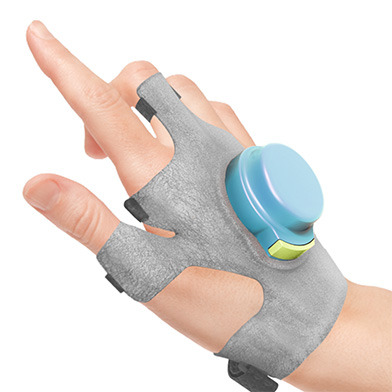#biomedical engineering
MeetKirstene Gultian, biomedical and chemical engineer
1) What do you do?
I am a doctoral research fellow at Rowan University in New Jersey, USA with focus is on Bioengineering and Biomedical Engineering. In my research, I develop hydrogel-based materials for tissue engineering and regenerative medicine, particularly for bone regeneration, and guiding stem cell differentiation and behavior.
I am also a licensed chemical engineer. Having a background in chemical engineering is an advantage in biomedical engineering as I get to apply many chemical engineering concepts in my work.
2) Where do you work?
Rowan awarded me a full scholarship, so I mostly do research at the university. I also collaborate with institutions such as the Cooper Medical School of Rowan University (Camden, NJ) and the New York Stem Cell Foundation (New York, NY) to work on some awesome research!
3) Tell us about the photos!
[Left:]My hobby is traveling! I did not realize this until I came to America (haha!). My recent travels were to Washington DC and Pittsburgh in Pennsylvania. I also get a lot of free trips for conferences - grad school perks!
[Right:]Doing a research demonstration for senior students at Glassboro High School (NJ). Here, I photocrosslinked a few hydrogels and talked about my research on bone regeneration and stem cells. I purposely made hydrogels that were safe for the students to touch. They found it cool and said, “feels like jello!”
4) Tell us about your academic career path so far.
- Elementary: Sto. Nino SPED Center in Tacloban City, Leyte. I wasn’t an outstanding student in elementary. I was always loud, and I didn’t study much.
- High school: Philippine Science High School Main Campus in Diliman, Quezon City. It was my very first time in Manila, and the first time I was away from family. I had no idea that culture shock could get so real.
- College: the University of the Philippines Diliman in Quezon City. I graduated in 2017 with a degree in Chemical Engineering. College was fun, but I was more of an “at-home” person. Most of my high school friends were also in UP Diliman, so it almost felt like I was still in Pisay (Phil. Sci.).
- Graduate school: Started my Ph.D. journey at Rowan University in 2018. I blended well pretty quickly, which is pretty surprising.
5) Anything else you’d like to share
Biomedical engineering is almost non-existent in the Philippines. However, it is a field that I believe will impact Filipinos’ lives. I hope that one day I can bring this field to the Philippines and share my experience and knowledge of the field to my fellow Filipinos. I am sure that with the grit of Filipinos, contributing meaningful research to the area will be a breeze!
Post link
How the GyroGlove Steadies Hands of Parkinson’s Patients
When he was a 24-year-old medical student living in London, Faii Ong was assigned to care for a 103-year-old patient who suffered from Parkinson’s, the progressive neurological condition that affects a person’s ease of movement. After watching her struggle to eat a bowl of soup, Ong asked another nurse what more could be done to help the woman. “There’s nothing,” he was grimly told.
GyroGlove’sdesign is simple. It uses a miniature, dynamically adjustable gyroscope, which sits on the back of the hand, within a plastic casing attached to the glove’s material. When the device is switched on, the battery-powered gyroscope whirs to life. Its orientation is adjusted by a precession[sic] hinge and turntable, both controlled by a small circuit board, thereby pushing back against the wearer’s movements as the gyroscope tries to right itself.
Post link



